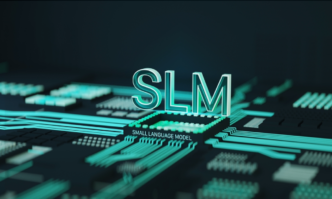Google is pushing the boundaries of search with a powerful new feature. AI Mode, now available for testing via Google Labs across the U.S. Originally launched for Google One AI Premium subscribers, AI Mode is now reaching a wider audience and offering a glimpse into the future of multimodal, intelligent search.
By merging Google Lens with its cutting-edge Gemini AI, the tech giant is aiming to transform how users interact with search. Moving from basic keyword queries to visual, contextual, and conversational interactions.
What Is Google AI Mode?
AI Mode enables users to upload or snap photos, ask complex questions about them, and receive highly detailed, context-aware answers. The feature uses a combination of multimodal AI, visual recognition, and query fan-out techniques to understand the entire scene of an image. Including the objects, relationships, materials, colors, and arrangement.
This marks a shift from traditional search to a more immersive experience, where users can simply point, ask, and receive nuanced insights. All powered by Google’s years of work in visual search and language understanding.
In the latest rollout, Google is leveraging its Gemini multimodal model to enhance AI Mode. The result? A seamless blend of text and image understanding.
Robby Stein, VP of Product at Google Search, explains: “With Gemini’s multimodal capabilities, AI Mode can understand the full context of an image. How objects relate, their shapes, textures, and even colors. Combined with Lens, it identifies each object precisely. Then, using our query fan-out method, AI Mode issues multiple intelligent queries to provide deeper, richer answers.”
This allows users to explore an image far beyond its surface. For example, taking a picture of a dish can generate insights into ingredients, recipes, nutritional facts, and even cultural context — all in a single search.
How User Search Behavior Is Changing
Google reports that queries in AI Mode are twice as long as those in traditional search. Indicating that people are becoming more conversational, exploratory, and context-driven in how they use search engines. Users are no longer looking for one-line answers — they want search tools that understand context, offer suggestions, and act more like assistants.
This shift aligns with broader trends in human-AI interaction. Where users expect their digital tools to help with open-ended questions, decision-making, and discovery tasks.
What makes AI Mode so powerful is its unified AI framework, drawing on several advanced techniques:
- Multimodal AI (Gemini): Allows AI to interpret both visual and text-based inputs together for deeper understanding.
- Google Lens Integration: Offers precise image recognition, object detection, and scene interpretation.
- Query Fan-Out: Automatically generates a cascade of intelligent sub-queries from a single prompt to extract layered insights.
Together, these techniques make AI Mode capable of mirroring human perception, connecting dots between visual cues and complex user questions to deliver contextually rich answers.
What AI Mode Means for the Future of AI
Google’s AI Mode represents more than just a new search feature. It’s a signal of where the next generation of AI is headed.
As multimodal AI becomes mainstream, tools like AI Mode will redefine how people search, learn, and solve problems. They will also lower the barrier to entry for AI adoption, especially in sectors like education, healthcare, retail, and productivity, where visual context is often critical.
From an industry perspective, AI Mode raises the bar for AI product design, user experience, and performance expectations. It could trigger a wave of innovation across mobile interfaces, smart assistants, and search ecosystems. All designed to be smarter, more intuitive, and more human.
As AI continues to move from command-based tools to true co-pilots in daily life. Google’s AI Mode might just be the blueprint for the next evolution of intelligent search.













